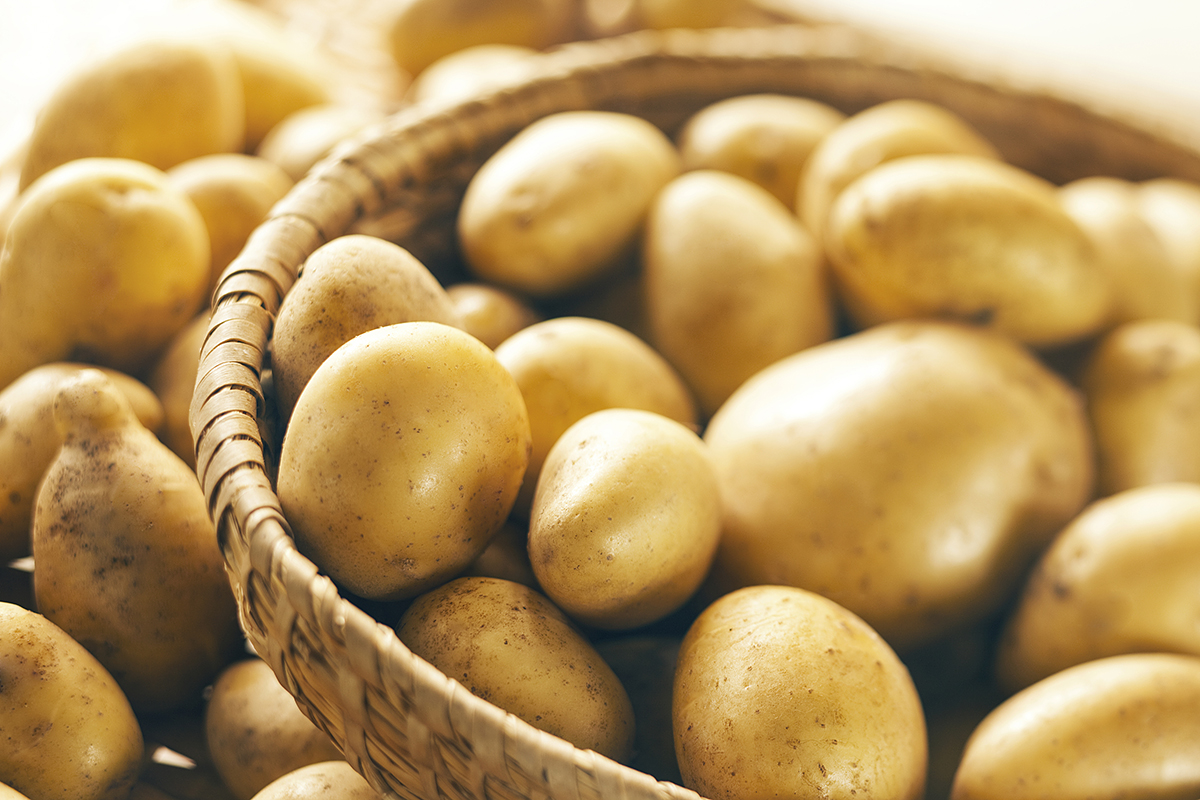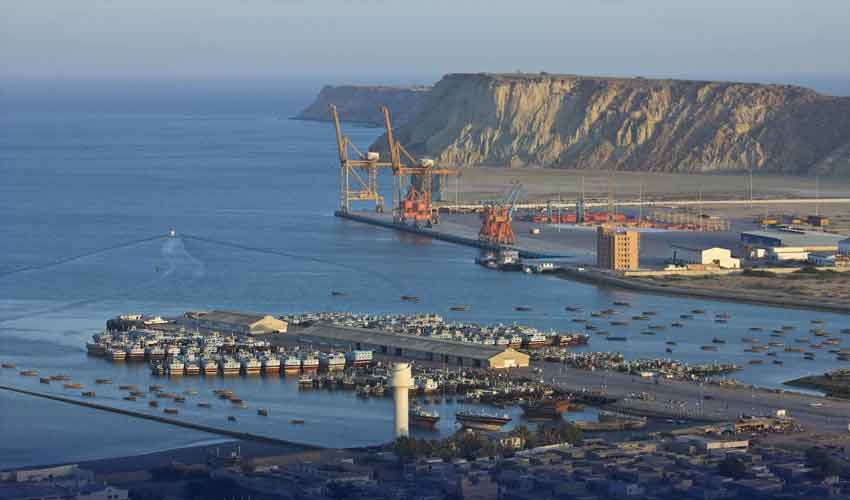Pakistan's production of potatoes has increased to over eight million tonnes, marking a significant milestone as the country now ranks among the top 10 producers worldwide.
Both farmers and government authorities credit increased agricultural methods and cultivated areas for the recent increase in potato yield.
The nation, which produces the ninth-most potatoes worldwide, has experienced a more than 35% increase in production over the last three years, going from 5.87 million tonnes in 2020–21 to an expected 8.01 million tonnes in 2022–2023.
According to estimates, the nation has been on track to harvest yet another record crop of up to eight million tonnes of potatoes as the current season draws to a conclusion.
Pakistan is now one of the world's top producers of potatoes because of the crop's rapid growth.
China harvested 95.6 million tonnes of potatoes in 2022, yielding the highest amount of any country. India came in second with 56.1 million tonnes, Ukraine third with 20.9 million tonnes, Russia fourth with 18.9 million tonnes, the USA fifth with 17.8 million tonnes, Germany sixth with 10.6 million tonnes, Bangladesh seventh with 10.1 million tonnes, France eighth with eight million tonnes, Pakistan ninth with 7.79 million tonnes, and the Netherlands 10th with 6.9 million tonnes producing potatoes.
Official statistics show that in 2022–2023, potatoes were grown on over 0.330 million hectares, with a total production of 7.94 million tonnes. Potato output from an area of 0.304 million hectares was estimated to be 7.79 million tonnes in 2021–2022. This year's output level is 1.9% higher than the previous year's and 31.8% more than the goal.
After wheat, rice, and maize, potatoes are now one of Pakistan's top-yielding commercial food crops. It has become more economically significant in the last 10 years, and the amount of land used for crops has increased quickly, with 196,200 hectares of potato crop grown in 2018–19, producing a total yield of 4.57 million tonnes.
The nation grows three different types of potatoes, with an average production rate of 23 tonnes per hectares, which is very low by global standards.
Farmers that have adopted innovative practices have doubled the nation's average production. This indicates that if the relevant department concentrates on the unrealized potential of obtaining a quality crop from the same area under cultivation, then a rise in the yield per hectare is highly possible.
More than 95% of the crop is grown by farmers in the Punjab province, who fervently choose to cultivate it. Approximately 80% of the province's total production is produced in its core region. Similarly, from 2020–21 and 2022–23, the province's cotton output increased by 43%. This gain was mostly due to an increase in the area under cultivation, which grew by 48% during that time.
The Potato Growers Association's president, Maqsood Ahmad Jutt, pointed out the rise in potato output as a significant development for the agricultural industry. He said that the crop has continuously done well in external commerce and that the potato sub-sector has been a success story for both producers and consumers.
It is important to note that Pakistan's export volume increased by more than 33% between 2015 and 2019. Unfortunately, the nation's worth decreased by more than 6% in the same time period.
Pakistan exports 516,000 tonnes of fresh or chilled potatoes on average, with a $103,000 average value. Pakistan, on the other hand, saw a 3% annual growth rate with a $185 unit value throughout the same era.
In the global market for fresh and chilled potatoes, Pakistan holds a 3% export share. Afghanistan, Sri Lanka, the United Arab Emirates, Russia, and Qatar are the top five export destinations for the nation.
Pakistan's export volume increased by more than 33% between 2015 and 2019. Unfortunately, Pakistan's worth dropped by more than 6% in the same time frame. Pakistan exported 516,000 tons of fresh or frozen potatoes on average, with a $103,000 average value.



























